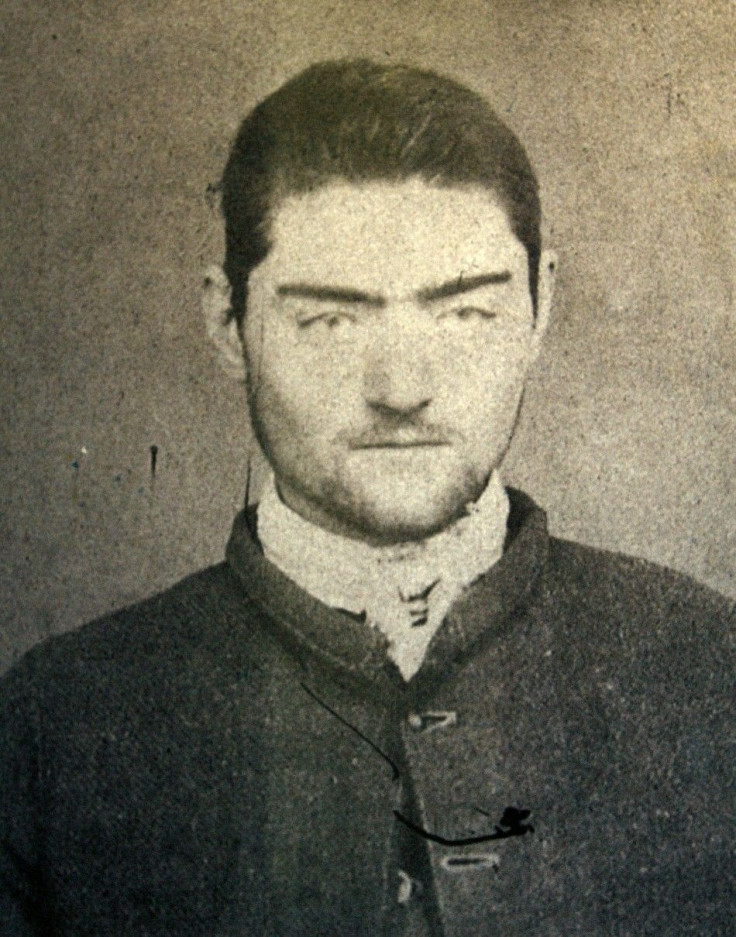Headless Remains of Australian Outlaw Ned Kelly Found After 130 Years

After years of research and investigation, the headless skeleton of the legendary Irish-Australian bushranger Ned Kelly has been identified by experts at the Victorian Institute of Forensic Medicine.
For decades, experts have been attempting to solve what is regarded as one the biggest mysteries in Australian history - to find and study the remains of Kelly, who was hanged for murder at the Old Melbourne Goal in November 1880.
Who is this notorious outlaw and what is the mystery behind his death?
While some regard him as a cold-blooded killer, others consider him a folk hero and symbol of Irish-Australian resistance against the British colonial rule.
Born around 1855 to an Irish convict father in Victoria, Ned was rebellious by nature since a very young age. He was only 14 when the Victoria police first arrested him for assaulting a Chinese man. But it was only after his mother was arrested for aiding an attempted murder in 1878 that the whole Kelly clan went into hiding.
Even after this, several charges were brought against the members of Ned's immediate family and gradually the entire family rose to notoriety and was outlawed.
The gang was finally cornered in 1880 at the Glenrowan Hotel and arrested. He was then taken to Melbourne and was sentenced to death for murder.
The Mystery:
The story of Ned Kelly did not end with his death. After his execution, his body was dissected, with his head and organs removed for study. It is unclear whether his body parts were removed and buried in Melbourne Gaol's mass graveyard. In 1929, the gaol was closed and all the graveyard bodies were transferred to the Pentridge prison.
It is believed that during this transfer, workers stole skeletal parts from a grave marked with the initials EK in the belief that they belonged to Kelly.
The VIFM Investigation:
The hunt for his body began in earnest in November 2009 when a skull believed to belong to Kelly was handed in to the VIFM by Tom Baxter.
ABC reported that a DNA sample taken from Melbourne school teacher, Leigh Olver, the great-grandson of Kelly's sister Ellen, confirmed the identification. The forensic team at VIFM sifted through the remains of 34 people mingled in the mass grave.
This is an extraordinary achievement by our forensic team here in Victoria. To think a group of scientists could identify the body of a man who was executed more than 130 years ago, moved and buried in a haphazard fashion among 33 other prisoners, most of whom are not identified, is amazing, ABC quoted Victoria Attorney General Robert Clark stating.
© Copyright IBTimes 2024. All rights reserved.





















